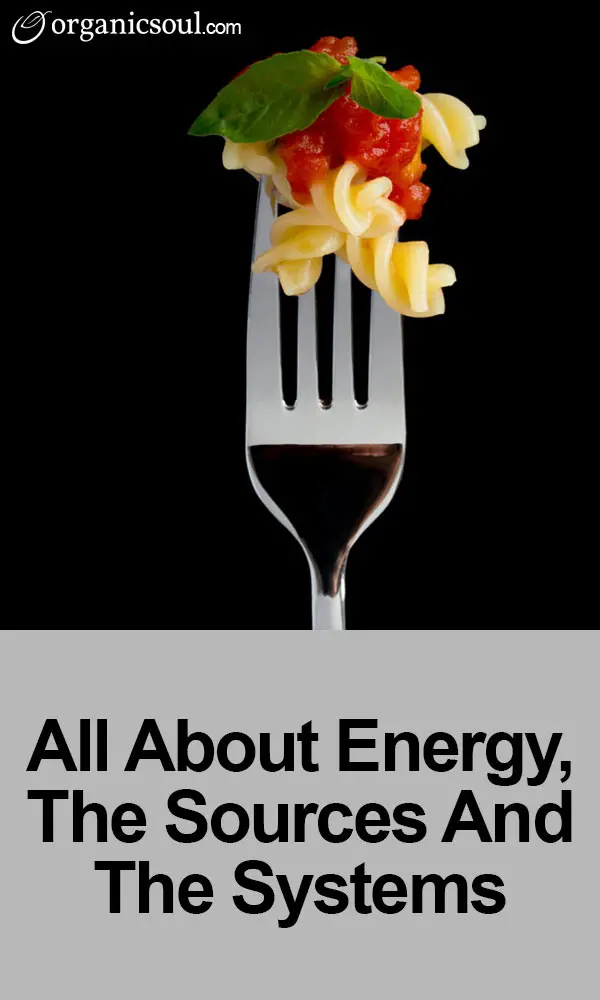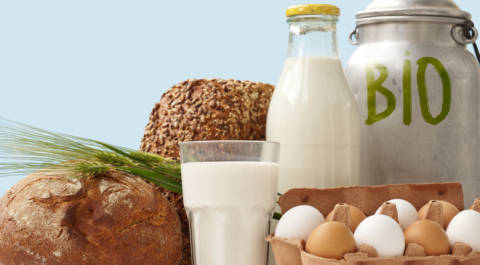
Every second of every day, our bodies are converting molecules to energy, storing energy, and then burning that energy. Just like the cars we drive, the planes people fly, and the computers we use, there is a constant need for this process to go on. Without it, we wouldn’t be able to function, we would stop growing, and we would eventually die. So, what is it that’s going on with energy?
Like Organic Soul on Facebook
First, we need to understand where our energy is coming from. We often hear about fats, carbs, and proteins, but what do they really mean? Are they all created equal? Finally, how is that fuel being used?
Our Macronutrients and Energy – Carbohydrates, Fats, and Proteins
Our bodies derive energy from three main sources: carbohydrates, fats, and proteins. Alcohol also can be used as energy, but we often do not speak of it as a major macronutrient of equal importance because there is proportionally less in our diet. When measuring each of these sources, we understand them as calorie per gram (kcal/g). Calories, as some may recall, are used as a unit of energy. Each macronutrient has its own caloric value:
Carbohydrate: 4 kcal/gm
Fat: 9 kcal/gm
Protein: 4 kcal/gm
Regularly, we do not want to burn protein as it has important structural uses in our bodies. For example, it shares a vital relationship with amino acids, is important to muscle development, and is does regular ‘housekeeping’ tasks in every one of our cells. In fact, we rarely burn protein unless we are in a period of starvation or, alternatively, have a high protein diet where we train our bodies to burn it.
That said, carbs and fats are our main source of energy with the three macronutrients. Furthermore, people are becoming more and intent on burning fat proportionally more to combat obesity – something that will be discussed later.
While the process of break down and absorption differ for each nutrient, it's important to keep in mind the basic idea that metabolic energy is derived from this breakdown. Coming back to the car analogy, every time you eat, it is just like refueling your body. The food that is made up of these macronutrients will be ingested, broken down, and then converted to raw energy like ATP and Creatine Phosphate for either storage or use.
In using this energy, our bodies rely on three systems:
Immediate/ ATP-CP System
During high-intensity, short duration exercise, this system is our primary source of energy. In this, our body relies on the ATP (adenosine triphosphate) and Creatine Phosphate already found in our bodies. Because of its presence, there is no need to produce other ATP through glycolysis or aerobic metabolism. These alternative processes of glycolysis (the breakdown of glucose) and aerobic metabolism (the same process with oxygen) take time, which is why it is not considered quick or immediate. Overall, this energy system lasts about 3-5 seconds.
Short-term/Lactic Acid System
After our immediate energy is used up, our body shifts gears and begins engaging in the previous mentioned process of glycolysis (or glucose energy conversion). As our bodies create more ATP, waste products such as lactic acid begin to build up – this will eventually create fatigue at our Lactate threshold. While this system does not produce much energy, it does provide fast energy production.
Long-term/Aerobic System
Once our body clearly needs more energy, we shift into energy conversion with oxygen (previously mentioned aerobic metabolism). While this takes generally more time, it provides massive amounts of energy, often 15 times more than the previous system. One benefit of this system is that, as you lengthen the duration, your body will begin using more and more lipids (or fats), which means you will be burning more fat.
Understanding the Implications
There are some important take home messages from this information. For one, fatigue is naturally occurring and we cannot do much about it. As we become more and more fit, the lactate threshold will take longer to get to, but it will be reached nevertheless. The time it takes to get there is our indicator of endurance.
Second, the longer the exercise, the more our bodies begin to use fat/lipids as a source of energy. Here too, a person who exercises regularly is able to train their body to get used to burning fat, so that even while sitting, the body burns fat. One important rejoinder on this, however, is that our body will burn fat no matter how long we exercise. There is no magic number for fat burning, so don’t think you need to run for at least 60 minutes to burn fat – it will be being burned the entire time. This, then, is something to consider when developing an  exercise agenda.
exercise agenda.
Finally, this should remind all of us that we need to be eating healthy for peak performance. Just like gasoline, the better the quality, the better the engine will run. Having a diet of well-balanced macronutrients is essential in being healthy and provided the best for your body. Quality food is essential (but, according to some, may be hard to find)!
So next time you go for a run or head to the gym, keep in mind what’s going on physiologically in your body! If you treat your body well, it will treat your well too!













